ARFF Daily News
Published on:
Wednesday the 29th of January, 2025
F-35 Crash at Eielson, Pilot Is Safe
By David Roza
An F-35 crashed at Eielson Air Force Base, Alaska, on Jan. 28, with videos showing the fighter tumbling to the ground as the pilot drifts on a parachute.
The crash occurred at 12:49 p.m. local time and resulted in “significant aircraft damage” the Eielson-based 354th Fighter Wing said in a press release. The pilot is safe and was transported to the nearby Bassett Army Hospital for further evaluation, the release said.
A video of the crash was posted to the unofficial Facebook page Air Force amn/nco/snco later that day. It shows an F-35 with its landing gear extended rolling wingtip over wingtip en route to a fiery impact. A figure in a parachute, presumably the pilot, can be seen drifting to earth not far away.
A base spokesperson confirmed to Air & Space Forces Magazine that the video is authentic, that the aircraft involved was an F-35, and that both the F-35 and the pilot were assigned to the 354th Fighter Wing.
While the pilot was safe, it was not immediately clear whether they were uninjured.
“Our people are our most important resource, and we are committed in ensuring their safety and security,” wing commander Col. Paul Townsend said in a statement. “I can assure you the United States Air Force will conduct a thorough investigation in hopes to minimize the chances of such occurrences from happening again.”
KC-135 tankers, likely assigned to the Alaska Air National Guard’s 168th Wing, are parked in the foreground of the video. A recording posted on X appears to show audio from air traffic control from just before the crash, but the wing spokesperson could not immediately confirm if it was authentic.
The crash marks the first major Air Force aircraft mishap of 2025. It comes about seven weeks after an MQ-9 Reaper was mistakenly shot down over Syria by U.S.-allied Syrian Democratic Forces.
In May, an F-35B flown by an Air Force pilot crashed in New Mexico shortly after takeoff. The pilot ejected at low altitude and suffered serious injuries, the Air Force said at the time.
https://www.airandspaceforces.com/air-force-f-35-crash-eielson/
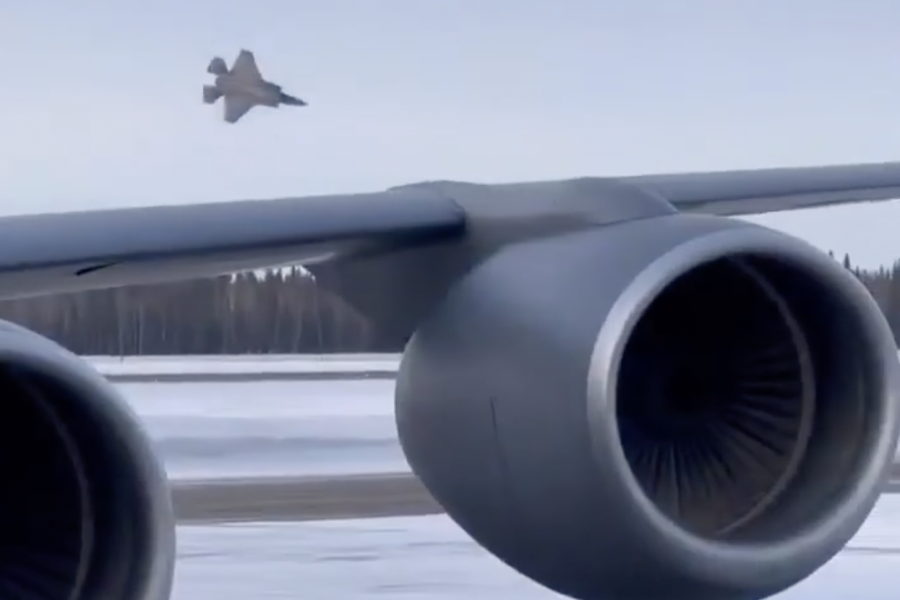
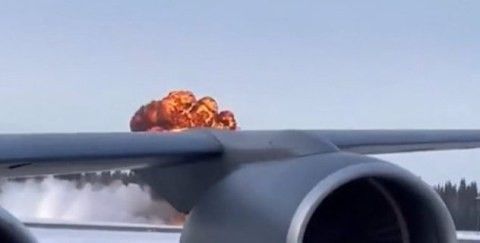
A Hard Day’s Flight: Plane with stuck landing gear lands at MOV Regional Airport
Staff Report
WILLIAMSTOWN — A plane safely landed at the Mid-Ohio Valley Regional Airport in Williamstown Tuesday afternoon after reporting trouble with its landing gear, officials said.
The plane landed around 12:20 p.m. on runway 21 where emergency crews from the Williamstown and Waverly volunteer fire departments and emergency responders from the airport were waiting.
The pilot reported the landing gear was not fully deployed, according to Airport Manager Ben Auville.
The plane, a Cessna 310 two-engine six seater, tipped onto to its nose at landing, skidding before it safely stopped. No injuries were reported.
The plane is registered to R&M Aviation of Wood County, according to the Federal Aviation Administration.
The FAA in a statement said the nose gear of the plane collapsed while landing. Two people were on board, the FAA said.
The FAA will investigate and will post a preliminary accident and incident report, possibly today.
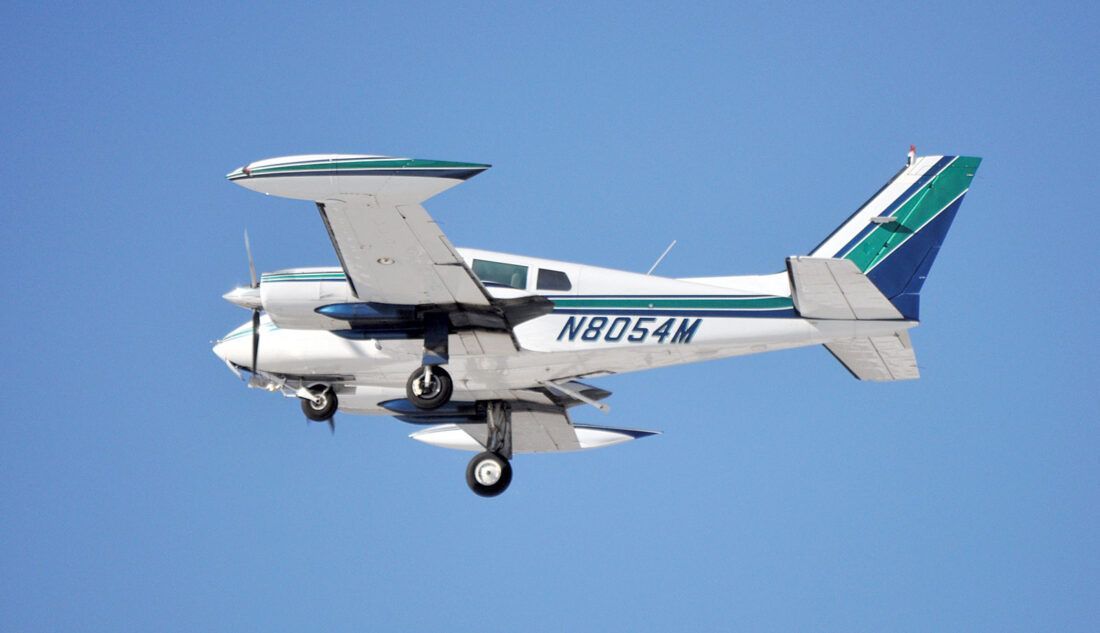
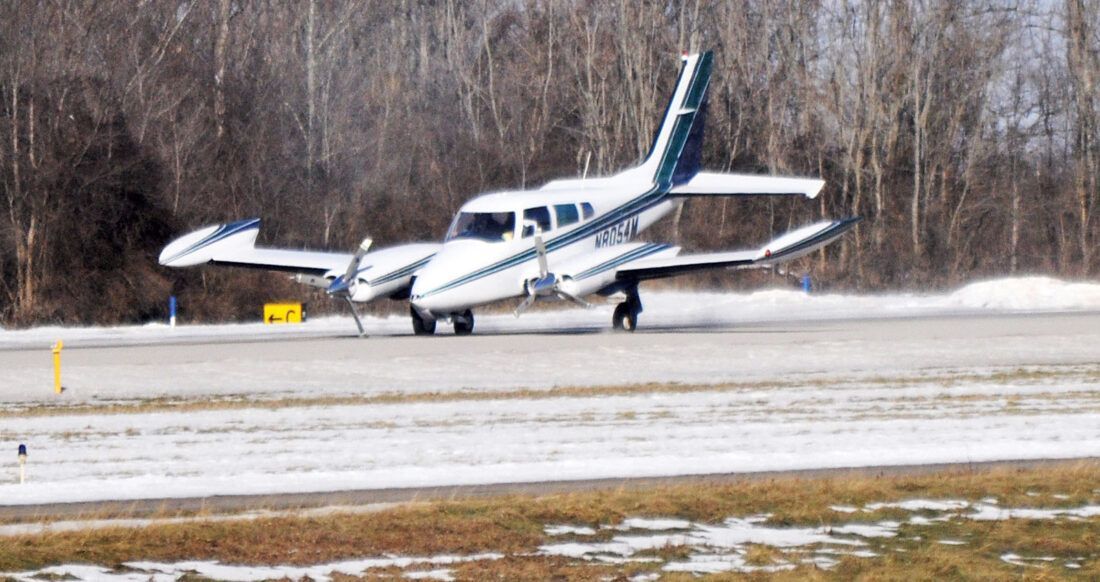
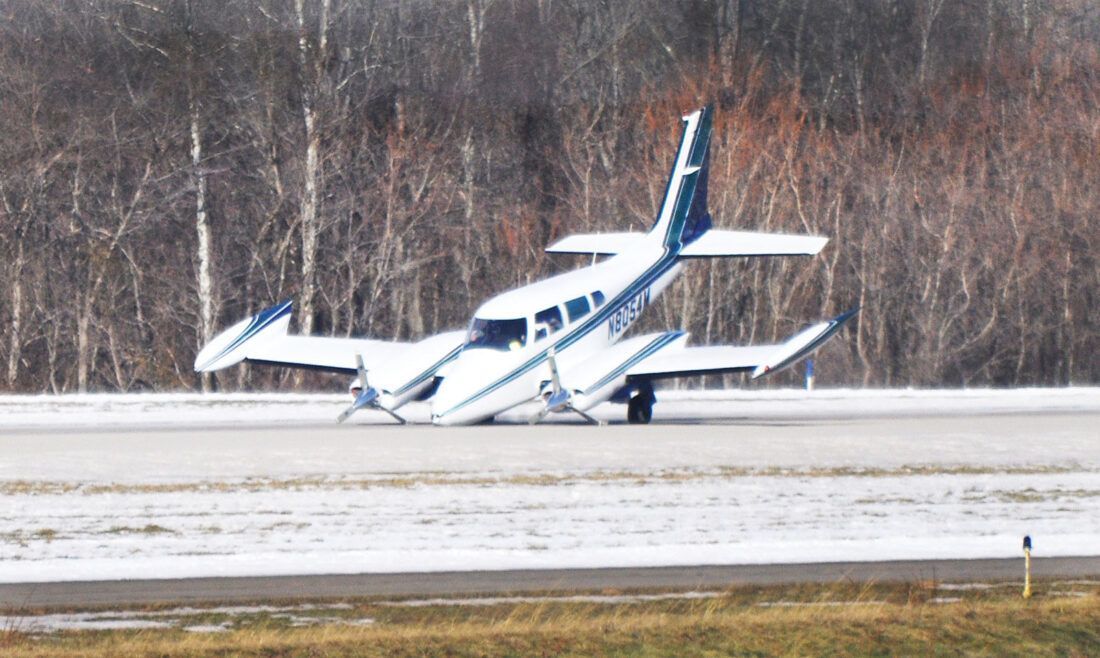
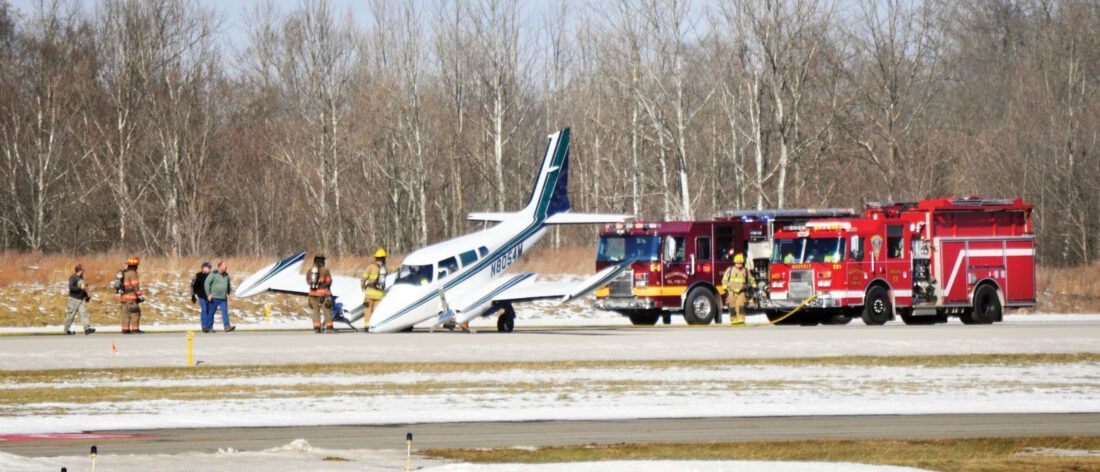
Solace Base Staff, Others Escape Death as Max Air Plane Crash-Lands in Kano
By Prnigeria
A Max Air aircraft with registration number 5N-MBD, B733 crash-landed on Tuesday night at Malam Aminu Kano International Airport (MAKIA).
The plane, carrying 53 passengers and six crew members, was arriving from Lagos when the incident occurred at approximately 10:45 PM.
One of the passengers, Aliyu Inuwa Mansir, a correspondent with SolaceBase, reported that the mishap happened after the aircraft’s front tire burst into flames upon landing.
“Immediately after the tire burst into flames, smoke filled the cabin, and we had to evacuate through the emergency exit,” Mansir recounted.
“As we exited the aircraft, firefighters were already on the scene, spraying water to contain the flames.”
Speaking on the incident, Malam Bello Ramadan, the Station Manager of Max Air, confirmed that all passengers and crew members were safely evacuated.
“I sincerely apologize for the inconvenience caused and thank God for the safety of everyone on board. The well-being of our passengers and crew is always our top priority.”
He explained that the airline followed standard safety procedures for crash-landings and runway overshoots, which included: immediate evacuation of passengers, isolation of the pilots and collaboration with aviation safety authorities
Ramadan further disclosed that the airline is working closely with the Accident Investigation Bureau (AIB) and the Aircraft and Equipment Department (AED) to determine the cause of the incident.
“Preliminary findings suggest a tire malfunction as the cause of the accident. However, we will fully cooperate with relevant authorities to conduct a thorough investigation and implement necessary safety measures.”
He assured affected passengers that efforts are underway to return their luggage promptly.
“We understand the distress this has caused, and we deeply appreciate the patience and cooperation of our passengers. Safety remains our highest priority at Max Air.”
Authorities have confirmed that no injuries or casualties were recorded. The incident, however, has raised concerns about aviation safety standards in Nigeria, prompting renewed calls for strict aircraft maintenance and regulatory oversight.
The Accident Investigation Bureau (AIB) has since launched an official probe into the matter.
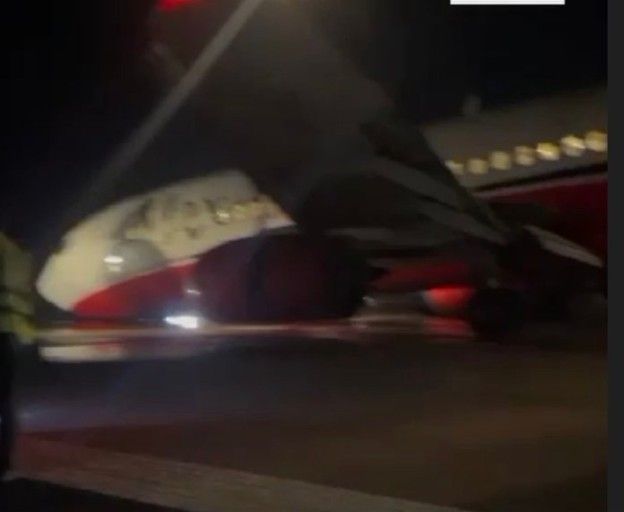
Small plane crash-lands at Shelter Cove Airport
by Adam Robinson
SHELTER COVE, Calif. — A pilot is unharmed after crash-landing at Shelter Cove Airport at around noon on Tuesday, the Shelter Cove Resort Improvement District (RID) confirmed.
District officials said roughly 30 gallons of fuel leaked from the plane following the landing, which the Shelter Cove Fire Department (SCFD) cleaned up. They said the SCFD and RID crews assisted in repairing the aircraft and moving it off the airstrip, which was closed to traffic for about three hours.
The RID said the plane came to a sudden halt after its rear landing gear collapsed upon landing. Thankfully, the pilot was left uninjured.
In addition to the landing gear, the RID said the plane's single propeller will require repairs. The pilot, who flew in from Southern California, said someone was flying up to retrieve him and he'll probably get the plane towed out of Shelter Cove in a trailer very soon.
https://krcrtv.com/north-coast-news/small-plane-crash-lands-at-shelter-cove-airport
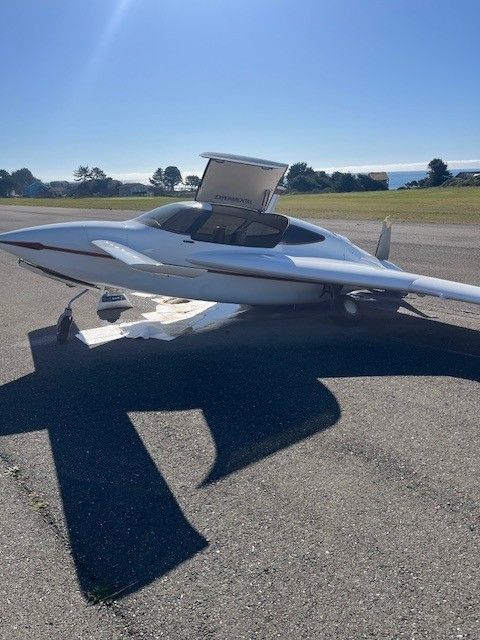
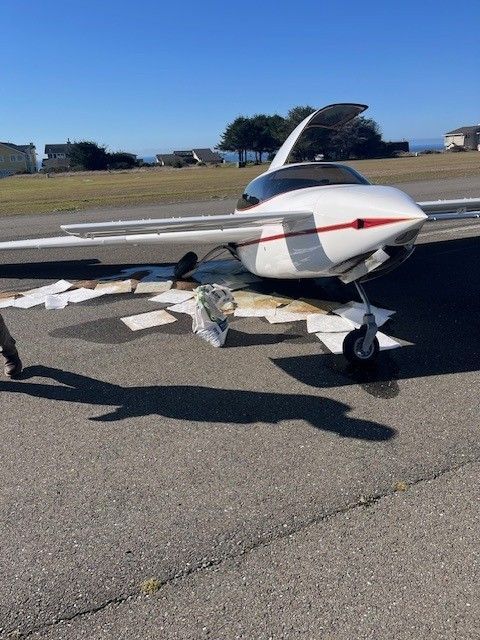
NTSB Prelim: Bellanca 7GCBC
Accident Pilot Told Him He Didn’t See The Wires Until It Was Too Late Due To The “Snowy Backdrop”
Location: Batesville, AR Accident Number: CEN25LA075
Date & Time: January 12, 2025, 14:30 Local Registration: N8569V
Aircraft: Bellanca 7GCBC Injuries: 1 Fatal
Flight Conducted Under: Part 91: General aviation - Personal
On January 12, 2025, about 1430 central standard time, a Bellanca 7GCBC, N8569V, was substantially damaged when it was involved in an accident near Batesville, Arkansas. The pilot was fatally injured. The airplane was operated as a Title 14 Code of Federal Regulations Part 91 personal flight.
Another airplane was flying behind the accident airplane about a half mile back and about 2,000 feet higher. The pilot of the following airplane had just commented to his passenger that the accident airplane was really low in the valley just before seeing blue sparks and the accident airplane become entangled in a high-tension powerline. The pilot of the second airplane went to the accident site where the accident pilot told him he didn’t see the wires until it was too late due to the “snowy backdrop.”
The pilot was fatally injured during the rescue operations that followed.
The wreckage was retained for further examination.
FMI: www.ntsb.gov

Today in History
12 Years ago today: On 29 January 2013 SCAT flight 760, a Canadair CRJ-200, crashed while on approach to Almaty Airport, Kazakhstan, killing all 21 occupants.
Date: Tuesday 29 January 2013
Time: 13:10
Type: Canadair CL-600-2B19 Regional Jet CRJ-200ER
Owner/operator: SCAT
Registration: UP-CJ006
MSN: 7413
Year of manufacture: 2000
Total airframe hrs: 25707 hours
Cycles: 22975 flights
Engine model: General Electric CF34-3B1
Fatalities: Fatalities: 21 / Occupants: 21
Other fatalities: 0
Aircraft damage: Destroyed, written off
Category: Accident
Location: 1,6 km NE of Almaty Airport (ALA) - Kazakhstan
Phase: Approach
Nature: Passenger - Scheduled
Departure airport: Kokshetau Airport (KOV/UACK)
Destination airport: Almaty Airport (ALA/UAAA)
Investigating agency: MAK
Confidence Rating: Accident investigation report completed and information captured
Narrative:
SCAT flight 760, a Canadair CRJ-200, crashed while on approach to Almaty Airport, Kazakhstan, killing all 21 occupants.
Flight DV760 operated on a domestic flight from Kokshetau Airport (KOV) to Almaty (ALA).
Weather forecast obtained by the crew before departure showed a visibility of 800 m at Almaty with a vertical visibility of 90 m, and temporary reduced visibility to 200 meters. The flight took off at 11:19 hours local time. The captain was Pilot Flying.
At 12:00 the flight contacted Almaty Control and received the current weather conditions which showed a limited visibility for runway 23R of 200 m. At 12:40 the flight was cleared to descend to FL80. By then visibility had decreased to 175 m. The captain decided to continue descent and prepare for an approach to decision height. The captain became increasingly stressed by the poor weather conditions. After reaching FL80 the crew were told to remain at that altitude because of another flight in the area.
This provoked a strong emotional reaction from the captain.
At 12:57 the flight was then cleared down to 1600 m. During the descent the lack of improvement of weather conditions caused a greater and greater irritation on the part of the captain. When turning to finals the runway visual range (RVR) for the first, mid and last part of runway 23R was reported as 275-250-225 m in freezing fog with a vertical visibility of 40 meters. With continuing visibility updates the flight crew kept descending until it was clear that a landing was impossible given the lack of visual contact with the ground.
A missed approach was initiated at 13:10 from a height of 180 m. The autopilot was disconnected and the TO/GA button was pushed. Engine power increased and the flaps were raised to 8°. In the four seconds after pressing to TO/GA button there were no control inputs. Then the captain pushed the control column forward, causing the aircraft to descend. The EGPWS warning sounded as the pitch changed to -9. The observer pilot tried to draw attention on the EGPWS warning but there was no response on the controls by the flight crew. Pitch angle further increased to -16° and vertical speed was -20 to -30 m/sec. The aircraft impacted the ground at high speed and a -20° pitch angle and broke up.
CONCLUSION: (translated from Russian):
The accident with aircraft CRJ-200 UP-CJ006 occurred during the execution of a go-around, in instrument meteorological conditions, without the possibility of visual contact with ground reference points (vertical visibility in the fog did not exceed 40 m), the necessity of which was caused by the mismatch between the actual weather conditions and the minimum conditions for which the crew was certified to land. As a result, the deflection of the elevator towards a dive of the aircraft caused a descent and collision with the ground. It was not possible to uniquely identify the causes of the aircraft's transfer to a dive from the available data. The Commission did not find evidence of failures of aviation equipment, as well as external to the aircraft (icing, wind shear, wake turbulence) when trying to perform a go-around.
The most likely factors that led to the accident, were:
- partial loss performance of the pilot in command, which at the time of aircraft impact with the ground was not in a working position;
- the lack of CRM levels in the crew, and violation of the Fly-Navigate-Communicate principle, which manifested itself in diverting attention by the co-pilot to conduct external radio communication and lack of control of the flight instrument parameters;
- the lack of response to the EGPWS and the actions required;
- the impact somatographic illusions of perception of the pitch angle (a nose-up illusion);
- increased emotional stress by the crew members associated with the unjustified expectations of improved weather conditions at the time of landing;
- failure to comply with the requirements for health examination of flight personnel, which led to the pilot in command flying without the rehabilitation period and without assessment of his health status after undergoing surgery.
METAR:
07:00 UTC / 13:00 local time:
UAAA 290700Z 05001MPS 0150 R23R/0150N R23L/0200N FZFG VV001 M01/M01 Q1019 882/0150 NOSIG RMK QBB040
Wind 050 degrees at 1 m/sec (2 knots); Visibility: 150 m; Runway Visual Range of runway 23R: 150 m, and 200 m at runway 23L; Freezing fog; Temperature: -1°C; Dewpoint: -1°C; Pressure: 1019 mb.
07:30 UTC / 13:30 local time:
UAAA 290730Z 02001MPS 0150 R23R/0150N R23L/0200N FZFG VV001 M01/M01 Q1018 882/0150 NOSIG RMK QBB040

Mailing Address
Subscribe to our newsletter
Contact Us
We will get back to you as soon as possible.
Please try again later.
